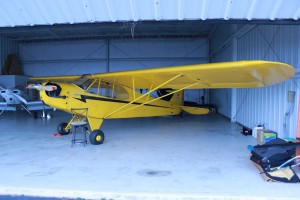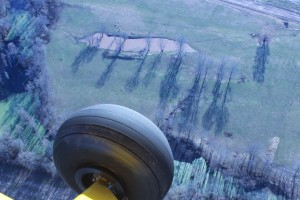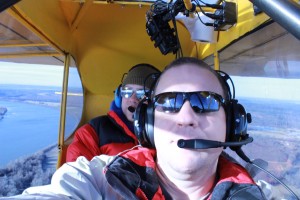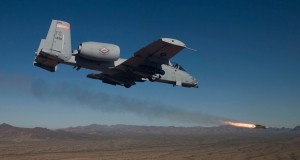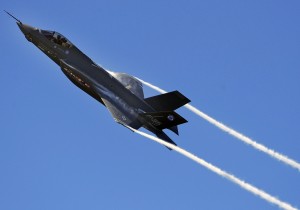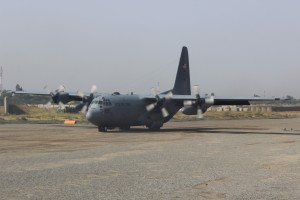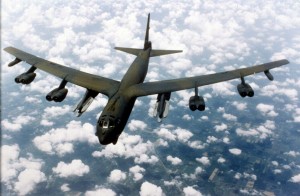Christmas in a Piper Cub
It is amazing how much life can change in only one short year. Last year at this time I was deployed to Afghanistan thousands of miles away from my family. While not the worst Christmas I have had, it was certainly not where I wanted to be.
A year later I am back in Arkansas enjoying a break with my beautiful wife and kids. On top of the much-needed family time, I was able to take part in an amazing experience this afternoon.
I have a friend that I work with that is the proud owner of both a Pitts and Piper Cub that he bought a couple of months ago. I was thrilled to find out he had gotten a plane with a second seat because all I want to do is fly anytime, anywhere. We tried to go flying a few weeks ago but it was just too dang windy to fly. This really sucked because he is scheduled to deploy soon.
On Christmas Eve we were two of the roughly 10 people who showed up to work for some strange reason and he suggested that Christmas should be a good day to fly, so we agreed to get together in the afternoon after the traditional festivities. Fortunately, the weatherman was right and it was a gorgeous day to fly.
By the time I got to the airport he was already up in the pattern getting a little work in and it got me super excited to actually get up in a small plane again. He pulled into parking and I hopped in to begin an amazing hour and a half.
The awesomeness began with takeoff as with a slight headwind we were able to takeoff in only 200 feet. While it was no zoom climb up thousands of feet, there is just something fun about taking off in less than the length of a football field with the wind blowing past the open door next to you.
That is one of the amazing things about the Cub, with the door open you gain a sense of freedom that really is like nothing else.
We casually flew our way down to the Arkansas river at about 1000 feet enjoying an extremely pleasant December day. There were a handful of other people out enjoying the amazing Christmas weather which was nice to see. Once we got to the river we followed it out to the West and my friend showed me some of his favorite spots to play around.
The first was a small island in the middle of the river with a nice open grassy area surrounded by leafless trees. We came in low and dropped below tree level until the end of the island and then popped back up over the top of the trees. With my weight added to the plane and the tail wind it just wasn’t a safe move to put it down there.
We then spent the next hour or so cruising up the river checking out sandbars, a small abandoned runway, and the newest airport in the area which just recently began IFR service. We never broke 1500 feet or 95 knots which may sound incredibly boring, but it was quite the opposite.
It was incredibly exhilarating to literally fly amongst the birds and enjoy the wind blowing through the plane. It is something that truly must be experienced to fully appreciate. I genuinely hope this is the first of many flights in not only the Cub but in any other old tail-dragger that reminds me of how much fun flying is supposed to be. Planes like this are what bring the wonder to aviation in this modern age of technological bells and whistles.
One of the incredibly cool things about this experience was the landing. At our local airport they have an agreement to keep the grass mowed down so those who want to can land on the grass next to the runway. Just one more example of the fun that can be had in a plane like the Cub.
I am incredibly grateful to my friend Harrison and wish him the best of luck and safety during his deployment. The world needs more true aviators like him that really understand what flying is all about. I have already learned a lot from him and I look forward to continued adventures once he returns.

